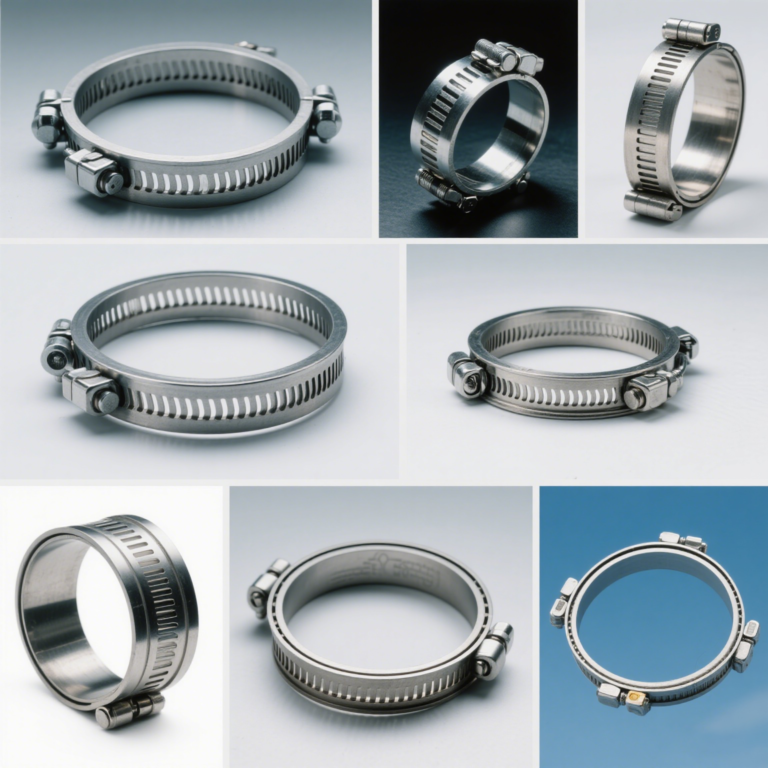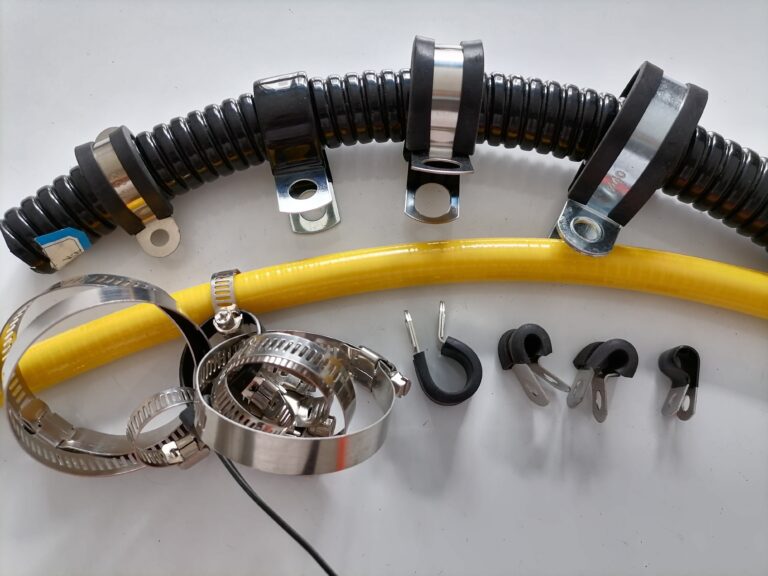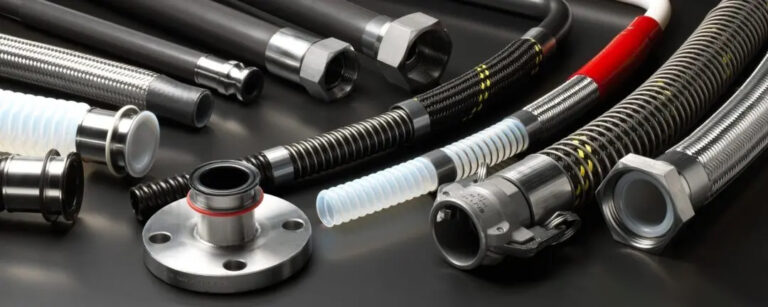How to use hose clamps in agriculture
In modern agriculture, clamps play a crucial role in various tasks, from crop management to livestock care and equipment maintenance….
In modern agriculture, clamps play a crucial role in various tasks, from crop management to livestock care and equipment maintenance. These versatile tools help secure, hold, and stabilize objects, ensuring efficiency, safety, and cost-effectiveness in farming operations.
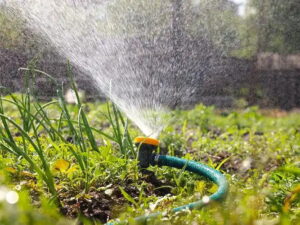
Types of Clamps Used in Agriculture
Applications of Clamps in Agriculture
Farming and Harvesting
-
Crop Management: C-Clamps can be used to bundle crops like wheat, barley, and hay for easier transportation and storage。
-
Pruning and Grafting: Clamps help secure branches and vines, making it easier to perform pruning or grafting operations。
Livestock and Poultry Farming
-
Feeding and Management: Clamps can secure feeding troughs, waterers, and other equipment, ensuring the well-being and safety of animals。
-
Fencing and Enclosures: Used to hold fence posts and gates in place, keeping livestock secure。
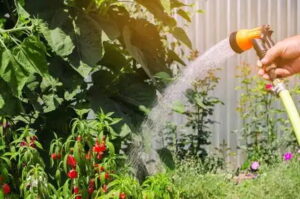
Aquaculture and Aquaponics
-
Pipe Connections: Clamps are used to connect and secure pipes, hoses, and tubing in aquaculture and aquaponics systems, ensuring the efficient flow of water and nutrients。
Equipment Maintenance
-
Quick Fixes and Repairs: Clamps can temporarily hold broken parts together until permanent repairs are made. They are handy for on-the-spot fixes and reducing downtime in agricultural operations。
Silage Storage
-
Silage Clamps: These are specialized structures used to store silage. They are built with precast concrete walls and bases to ensure durability and efficient storage. Properly managed silage clamps help reduce feed waste and maintain the nutritional value of crops。
Benefits of Using Clamps in Agriculture
-
Increased Efficiency: Clamps streamline tasks, reducing the time and effort required to complete them。
-
Improved Safety: By securing objects and equipment, clamps help prevent accidents and injuries。
-
Cost-Effectiveness: Clamps are a cost-effective solution for various agricultural tasks, reducing the need for additional tools and equipment。
-
Versatility: These tools can be used for a wide range of tasks, from construction to repairs。
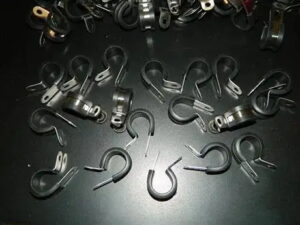
Choosing the Right Clamps
-
Material: Choose durable materials like metal or heavy-duty plastic。
-
Size and Strength: Ensure the clamp can hold the required weight and pressure。
-
Durability: Look for clamps that can withstand regular use and harsh agricultural conditions。
-
Ease of Use: Select clamps that are easy to operate, especially if they will be used frequently。
Maintenance Tips
-
Regular Inspection: Check clamps for signs of wear, corrosion, or damage。
-
Cleaning and Storage: Clean clamps after use and store them in a dry place to prevent rust。
-
Tightening and Adjustments: Ensure clamps are tightened appropriately to maintain secure connections。
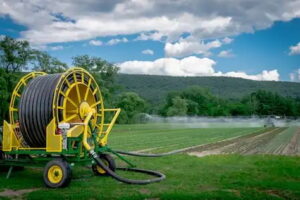
Problems encountered and solutions
Problems encountered
1.Size mismatch: Hose clamps that are too large or small for the hose can’t provide a proper seal. A large clamp may not grip the hose tightly, leading to water leakage. A small one might be difficult to install or could even damage the hose.
2.Corrosion: Agricultural environments often expose hose clamps to moisture, chemicals from fertilizers and pesticides, and dirt. This can cause the clamps to corrode over time, reducing their strength and grip.
3.Loosening: Vibration from pumps, movement of equipment, or temperature changes can cause the hose clamps to gradually loosen. Once loose, they can no longer maintain a secure connection, resulting in leaks.
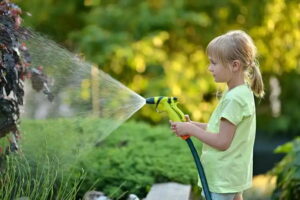
Workaround
1.Proper sizing: Before purchasing hose clamps, accurately measure the outer diameter of the hose. Use a measuring tape or calipers for precision. Refer to the manufacturer’s sizing guidelines to select the correct clamp size.
2.Corrosion – resistant materials: Opt for hose clamps made from stainless – steel or other corrosion – resistant alloys. These materials can withstand the harsh agricultural environment. Regularly inspect the clamps for signs of corrosion and replace them if necessary.
3.Preventing loosening: Apply a thread – locking compound to the screw threads of the hose clamp before tightening. This helps keep the clamp in place. Additionally, periodically check the tightness of the clamps, especially after equipment operation or significant temperature changes.





